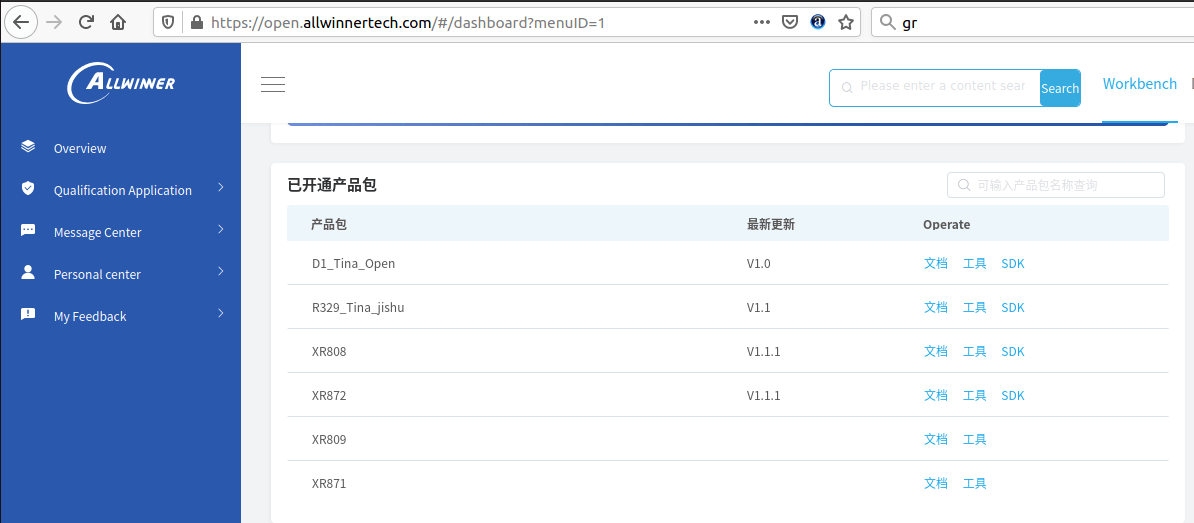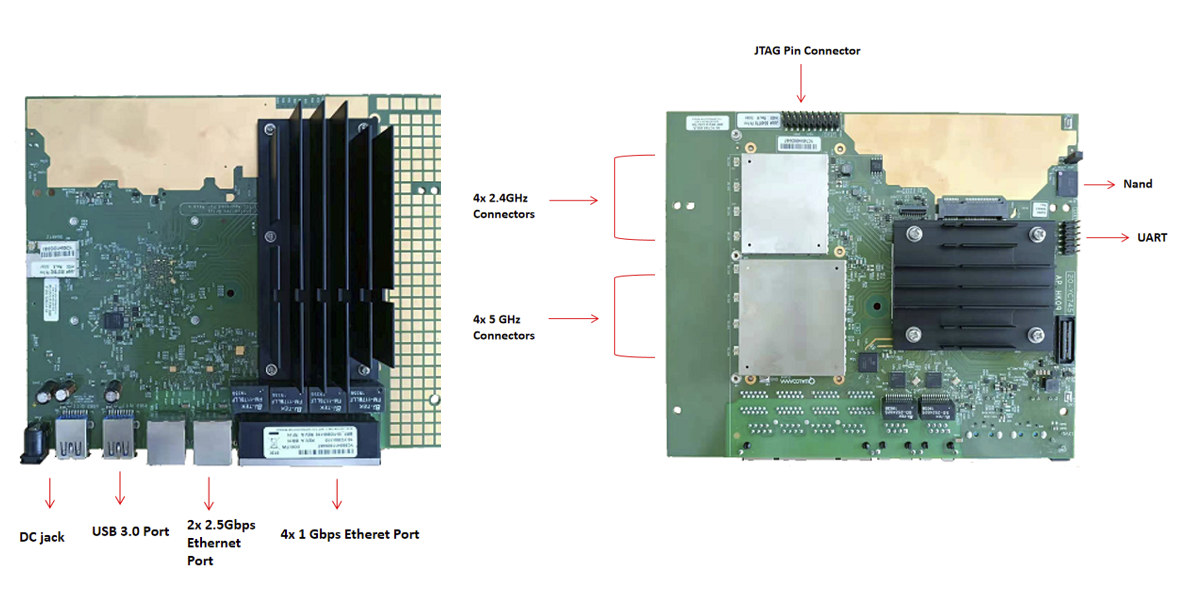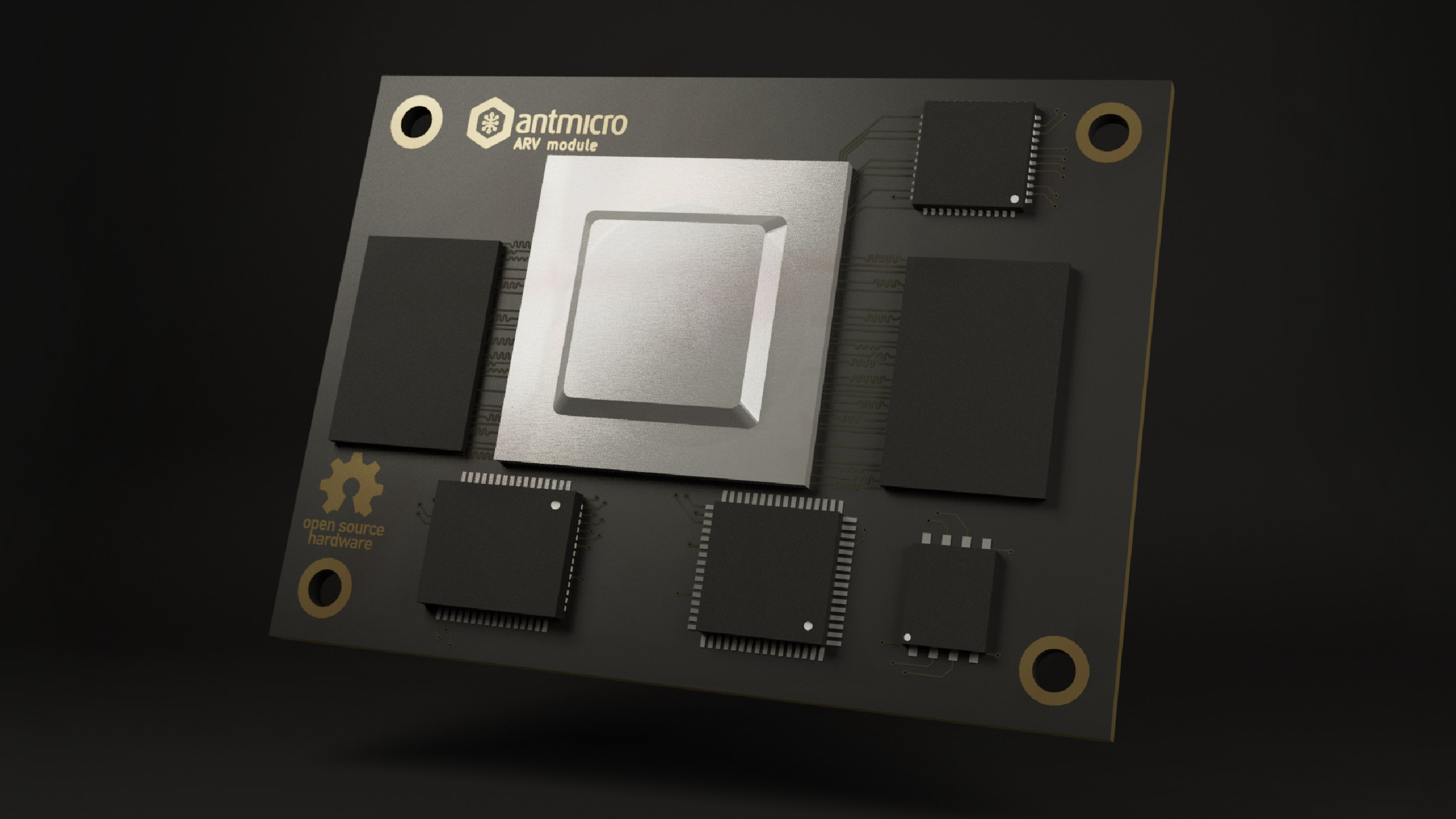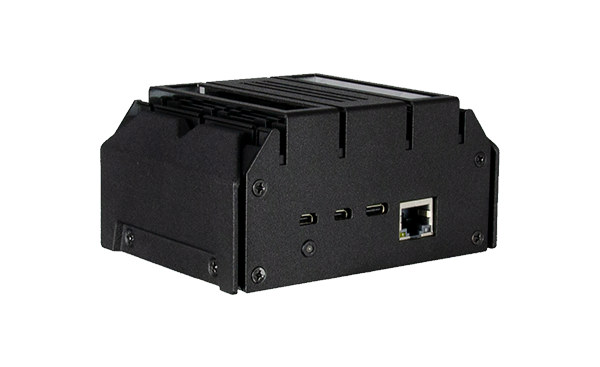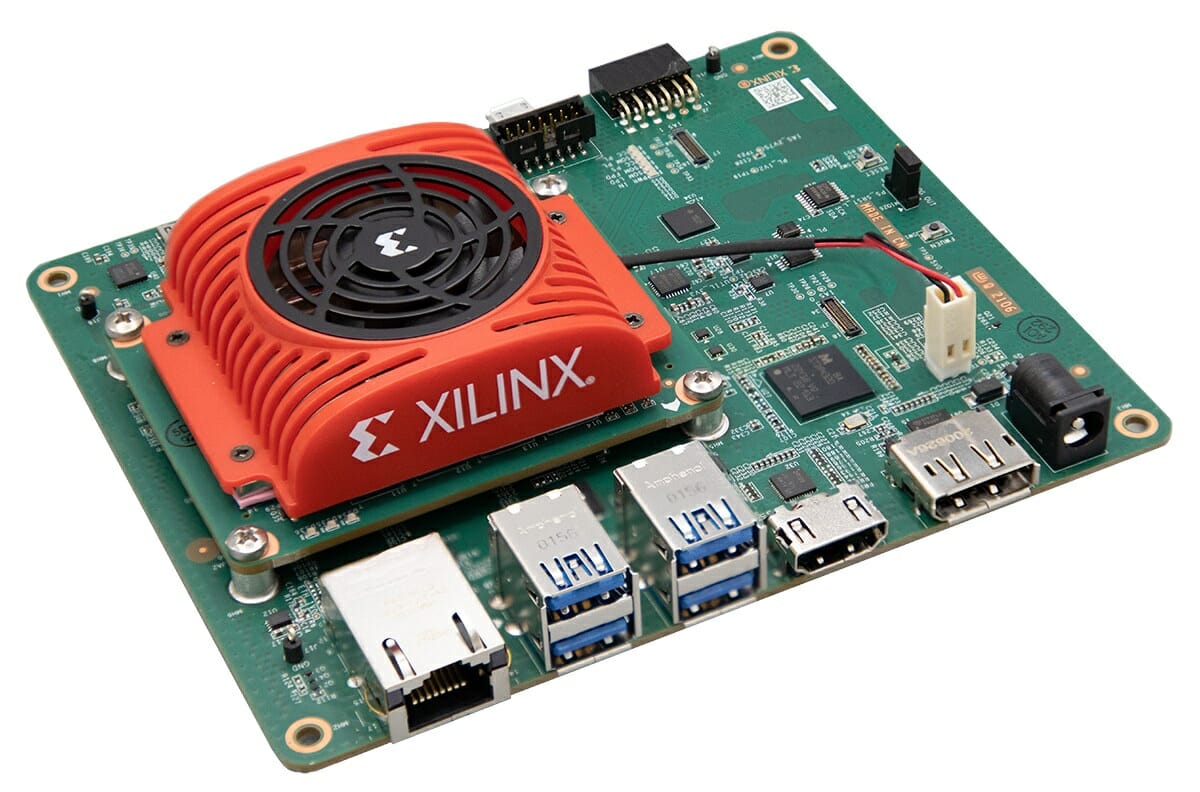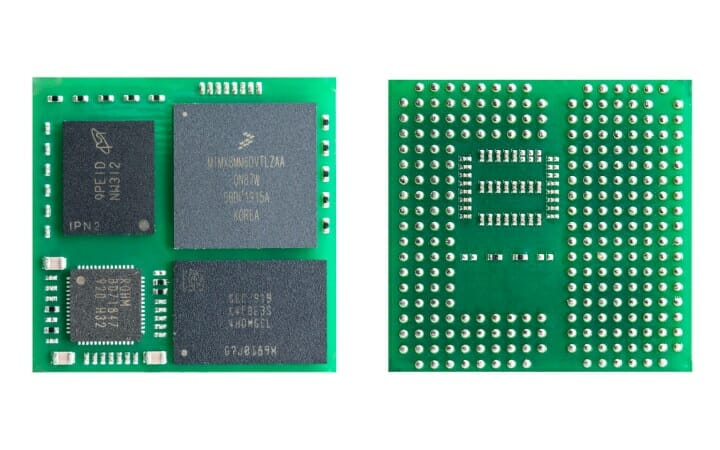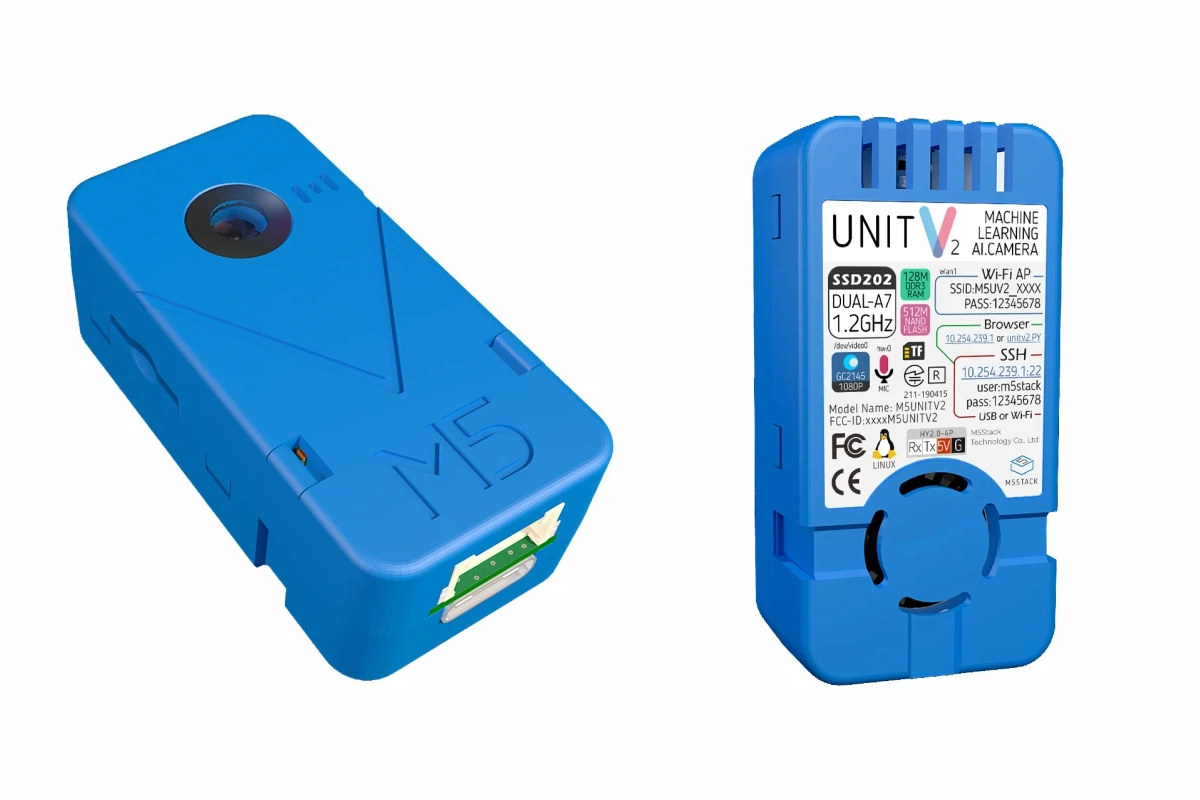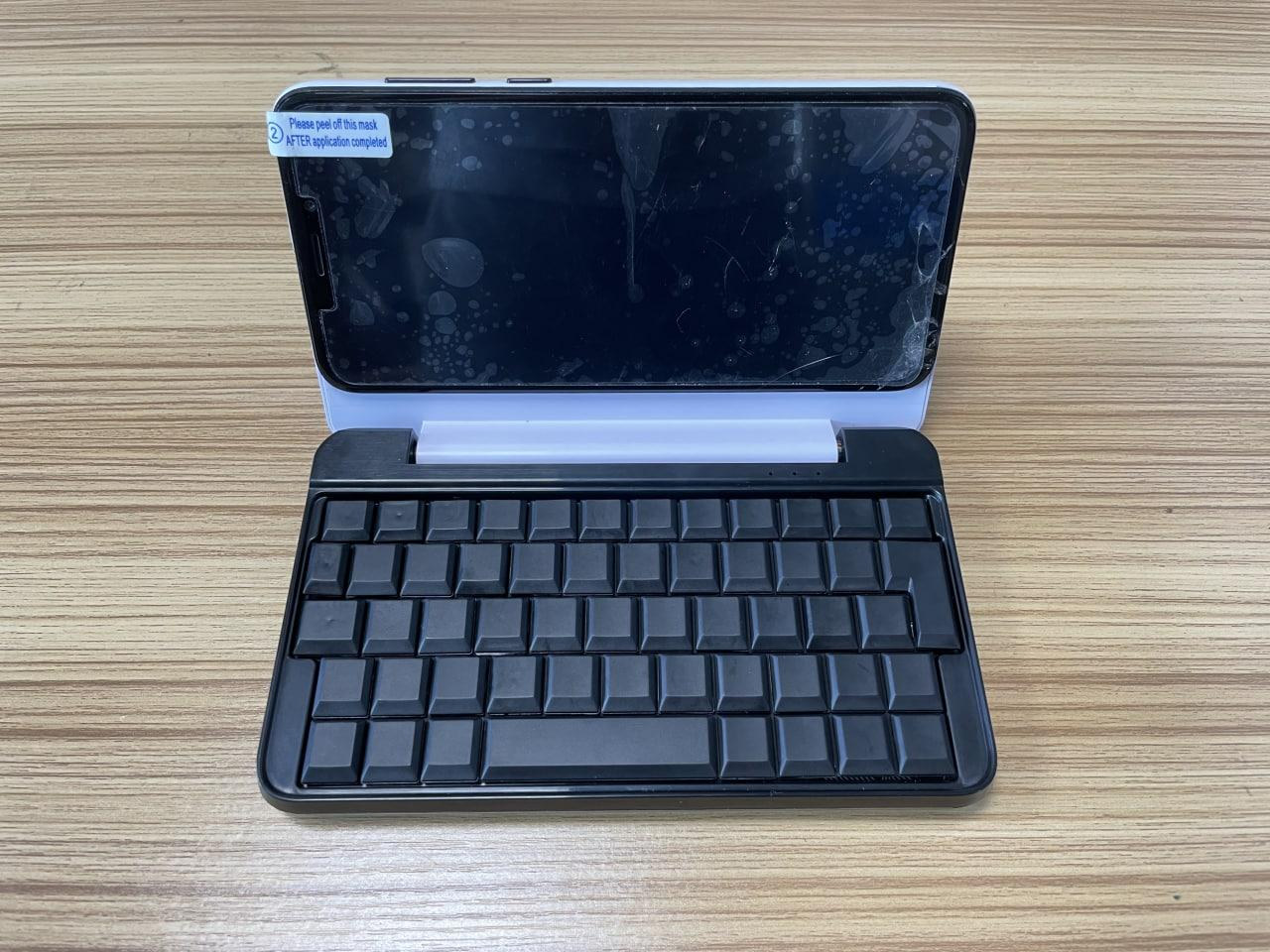We published information about Allwinner D1 SBC and processor a few weeks ago. The news was pretty interesting as it’s the first RISC-V processor from the company, and one of the first affordable RISC-V SBC. But all we had at the time was hardware information from a leak, or rather from China-only Allwinner developer website. But now the company has added more information to its open-source development website with the release of documentation, now only in Chinese, as well as the Allwinner D1 Tina SDK. Eventually, there should be a better SDK via linux-sunxi community and some are already working on the Allwinner D1 SBC, but let’s try to get the SDK from Allwinner and build the code from source using the documentation. First, you’d need to register on Allwinner open-source website and click on signup. You’ll probably want to select Email registration. Now fill your username, select a country, […]
DR8072A embedded router board offers dual 2.5 GbE, WiFi 6 connectivity
We’ve previously found Qualcomm IPQ8072A quad-core Cortex-A53 networking processor in WPQ873 embedded SBC with support for WiFI 6, three GbE ports, one 2.5GbE port, and support for 5G M.2 modems. The design was adapted from Qualcomm HK09 reference design, and now another company, Wallys Communications, has launched another board based on HK09. DR8072A embedded router board is somewhat similar to WPQ873, but does come with two 2.5GbE ports instead of just one, one extra Gigabit Ethernet port, among other smaller changes. DR8072A specifications: SoC – Qualcomm Atheros IPQ8072A quad-core ARM 64 bit A53 @ 2.2GHz part of Qualcomm Networking Pro 600 Platform System Memory – 1x 512MB, DDR4 2,400 MHz 16-bit interface Storage – 256MB NAND flash, 8MB NOR flash Networking and Wireless Connectivity Ethernet 4x Gigabit Ethernet RJ45 ports 2x 2.5 Gbps Ethernet RJ45 ports WiFi On-board 4×4 2.4GHz MU-MIMO OFDMA 802.11b/g/n/ax, up to 1182 Mbps, max 17dBm per […]
Antmicro ARVSOM offers StarFive JH71x0 RISC-V processor, Raspberry Pi CM4 compatibility
The Linux capable BeagleV SBC, now called “BeagleV Starlight”, was announced last January with a StarFive JH7100/JH7110 64-bit RISC-V processor, and developers and beta users have just started to get their hand on the board in recent days. But there’s another StarFive JH71x0 hardware in the works with Antmicro ARVSOM. The system-in-module will feature the dual-core RISC-V processor, and be compatible with Raspberry Pi CM4, and by extension Antmicro’s Scalenode server-oriented baseboard. The company did not provide the complete specifications for the module, but based on public information available, Antmicro ARVSOM should feature the following: SoC – StarFive JH7100 Vision SoC: RISC-V U74 dual-core with 2MB L2 cache @ 1.5 GHz Vision DSP Tensilica-VP6 for computing vision NVDLA Engine 1 core (configuration 2048 MACs @ 800MHz – 3.5 TOPS) Neural Network Engine (1024MACs @ 500MHz – 1 TOPS) VPU – H.264/H.265 decoder up to 4Kp60, dual-stream decoding up to 2Kp30 […]
DFI EC90A-GH compact AMD Ryzen Embedded R1000 mini PC is Ubuntu-certified
Last year, Taiwan-based DFI introduced DFI GHF51 SBC based on AMD Ryzen Embedded R1000 dual-core SoC and roughly the size of a Raspberry Pi. We had the chance to test the Ryzen R1606G model with both Windows 10 Enterprise LTSC and Ubuntu 20.04. The board worked mostly to expectations except for compatibilities issues with one of my USB hard drives, some video playback issues, as well as a 3D graphics glitches in one benchmark in Ubuntu. The single board computer was designed to be integrated into the customer’s own chassis, but DFI has now launched EC90A-GH mini PC based on GHF51 SBC. The fanless system is offered with a choice of AMD Ryzen Embedded R1000-series processor with up to 8GB RAM, dual Micro HDMI output, and has recently been Ubuntu-certified by Canonical. DFI EC90A-GH preliminary specifications: SoC – AMD Ryzen Embedded R1000 Series with Radeon Vega 3 GPU; 6W to 12W […]
Xilinx Introduces Kria K26 SoM and vision AI devkit based on Zynq Ultrascale+ XCK26 FPGA MPSoC
Silicon vendors will usually focus on chip design, and provide an expensive evaluation kit to early customers, leaving the design of cost-optimized boards and system-on-modules to embedded systems companies. But Xilinx has decided to enter the latter market with the Kria portfolio of adaptive system-on-modules (SOMs) and production-ready small form factor embedded boards starting with Kria K26 SoM powered by Zynq UltraScale+ XCK26 FPGA MPSoC with a quad-core Arm Cortex-A53 processor, up to 250 thousand logic cells, and a H.264/265 video codec designed for Edge AI applications, as well as computer vision development kit. Kria K26 System-on-Module Kria K26 module specifications: MPSoC – Xilinx Zynq Ultrascale+ custom-built XCK26 with quad-core Arm Cortex-A53 processor up to 1.5GHz, dual-core Arm Cortex-R5F real-time processor up to 600MHz, Mali-400 MP2 GPU up to 667MHz, 4Kp60 VPU, 26.6Mb On-Chip SRAM, 256K logic cells, 1,248 DSP slices System Memory – 4GB 64-bit DDR4 (non-ECC) Storage – […]
SGET OSM (Open Standard Module) compliant SoM features NXP i.MX 8M Mini SoC
The SGET (Standardization Group for Embedded Technologies) non-profit organization ratified another system-on-module standard last November, with the “Open Standard Module” (OSM) standard that instead of relying on edge or board-to-board connectors is meant to be soldered on the carrier board as a solder-on module LGA package. F&S Elektronik has unveiled one of the first SGET OSM compliant SoM with “FS 8MM OSM-SF” equipped with an NXP i.MX 8M Mini processor, up to 8GB DDR4, 32GB eMMC flash or 512MB NAND flash on a 30x30mm “Size-S OSM” form factor. FS 8MM OSM-SF system-on-module FS 8MM OSM-SF module specifications: SoC – NXP i.MX 8M Mini single, dual, or quad-core Arm Cortex-53 processor @ 1.8 GHz with real-time Cortex-M4 core @ 400 MHz, Vivante 2D & 3D GPU, 1080p60 H.265, VP9, H.264, VP8 video decoder System Memory – Up to 8GB LPDDR4 Storage – Up to max. 512MB SLC NAND flash or up […]
M5Stack UnitV2 Linux AI camera features Sigmastar SSD202D SoC
We’ve written about SigmaStar SSD201/SSD202 processors several times now. The low-cost dual-core Cortex-A7 processor comes with 64MB or 128MB built-in RAM, and so far has been found in modules, smart displays, an SBC, and a gateway only available from China via stores like Taobao. But with mainline Linux support progressing nicely, it was only a matter of time until others make a product based on the processor, and M5Stack Unitv2 is an “AI” camera combining SSD202D processor with 128MB DDR3, and a GC2145 2MP camera sensor. M5Stack UnitV2 specifications: SoC – SigmaStar SSD202D dual-core Cortex-A7 processor @ 1.2 GHz with 128MB on-chip DDR3 Storage – 512MB on-chip NAND flash with around 100MB free space, MicroSD card socket Camera GC2145 1080p color sensor with USB UVC support 68° FoV, 60 cm to ∞ depth of field (DoF) Audio – Built-in microphone Connectivity – 2.4GHz WIFi 4 up to 150 Mbps USB […]
PinePhone Keyboard to make for a cheaper, albeit slower Cosmo Communicator
Pine64 PinePhone is a popular Linux smartphone among the developers and Linux enthusiasts’ communities and some of the most popular Linux operating systems support by the phone include KDE Plasma Mobile, PostMarket OS, Manjaro, and UBports for an Ubuntu Touch like interface. But soon, you’ll be able to use your PinePhone like a portable Linux computer, a 5.95-inch mini laptop of sorts, that’s similar to the 2-in-1 Cosmo Communicator device, but at a much lower price, albeit with lower performance, thanks to PinePhone Keyboard accessory. The PinePhone Keyboard is not quite ready yet, but Lukasz Erecinski (aka Luke) has shared the progress of the latest version of the prototype, and almost looks like a finished product, albeit we’re told another revision will be made as the tolerances on the keycaps are not suitable. Here are some of the main features we can expect from the keyboard: QWERTY keyboard (by default). […]


